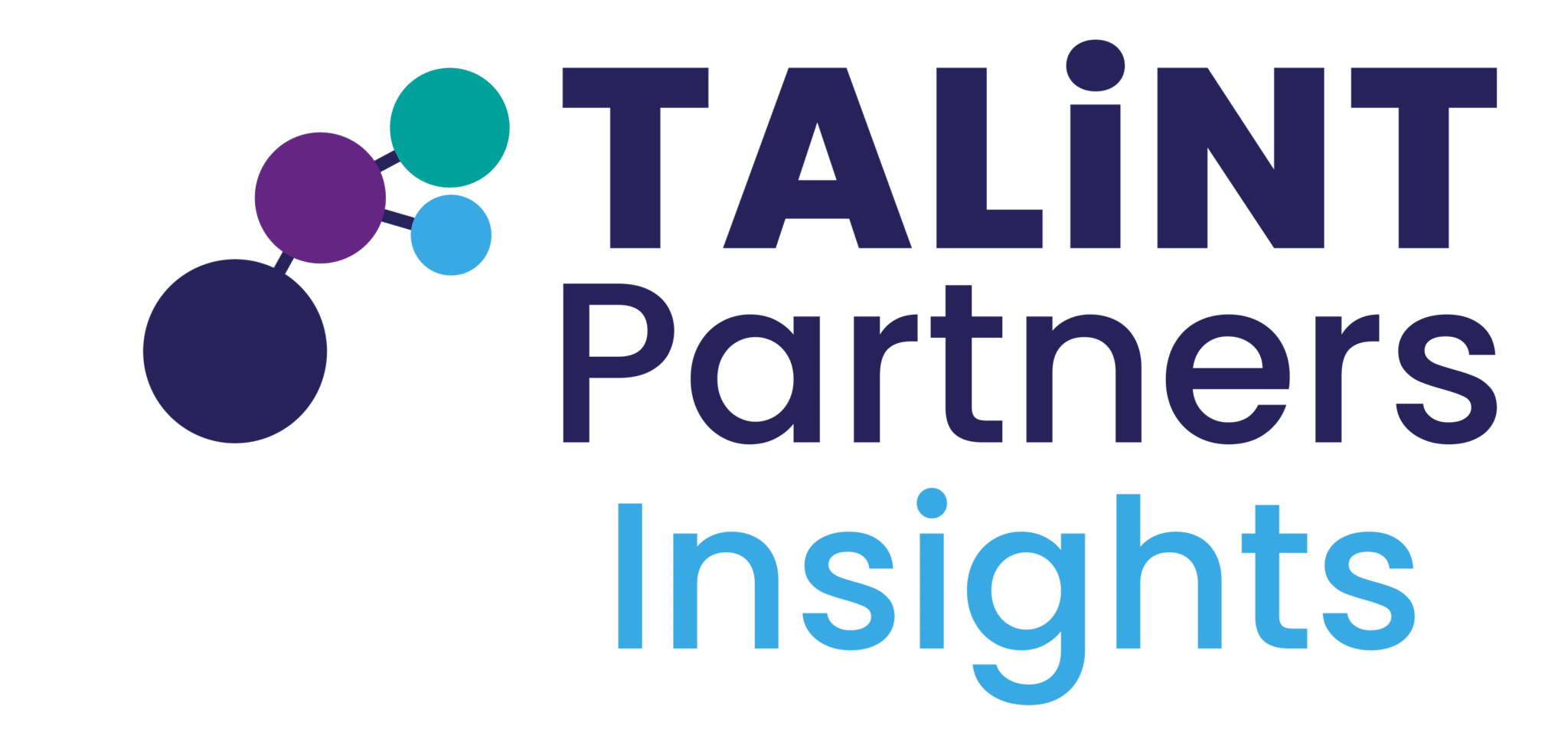At our recent Global Advisory Board meeting, pay transparency emerged as a critical issue shaping talent acquisition strategies worldwide. As organisations navigate complex economic conditions, talent leaders highlighted the increasing pressure to balance compliance, candidate expectations, and internal equity. With regulatory changes accelerating and job seekers demanding greater clarity, businesses must rethink how they approach pay disclosure to maintain a competitive edge.
We wanted to explore the evolving role of pay transparency in hiring, employer branding, and retention. From the legislative landscape to practical implementation challenges, the need for proactive and strategic pay transparency measures has never been more urgent.
Legislative shifts driving transparency
Governments worldwide are implementing regulations to enforce pay transparency, aiming to close wage gaps and promote fair compensation. In the US, states such as California and New York require salary ranges in job postings, while the EU’s Pay Transparency Directive mandates pay reporting and justification. Employers failing to comply risk financial penalties and reputational damage.
Enhancing candidate trust and attraction
Job seekers increasingly value salary transparency, perceiving it as a sign of fairness and equity. According to LinkedIn’s Global Talent Trends report, over 90% of professionals believe pay transparency fosters trust in employers. Organisations that disclose salary ranges upfront can attract a broader, more diverse talent pool while reducing negotiation time and candidate drop-off rates.
Impact on employer branding
Transparent pay policies contribute to a positive employer brand. Companies seen as fair and equitable give themselves a competitive advantage, particularly in industries facing talent shortages. Employees are more likely to recommend workplaces with clear compensation structures, boosting word-of-mouth recruitment and engagement on employer review platforms such as Glassdoor.
Challenges in implementation
Despite the benefits, implementing pay transparency poses some challenges. Companies need to assess existing pay structures, address potential wage disparities, and establish clear communication strategies.
What are some best practices for pay transparency?
- Conduct internal audits – Regularly review and adjust salary structures to ensure fairness and market competitiveness.
- Standardise salary bands – Define clear pay scales for roles to provide consistency and prevent bias, ensuring this is widely shared and accessible within the company.
- Train hiring managers – Equip HR teams with the skills to communicate pay policies effectively.
- Integrate transparency into culture – Encourage open discussions about compensation to build trust with current and prospective employees.
As pay transparency continues to reshape talent acquisition across the globe, organisations that proactively adopt clear and equitable compensation practices will strengthen their hiring efforts and enhance their employer brand. Embracing transparency is no longer an option – it’s a necessity in today’s evolving job market.





